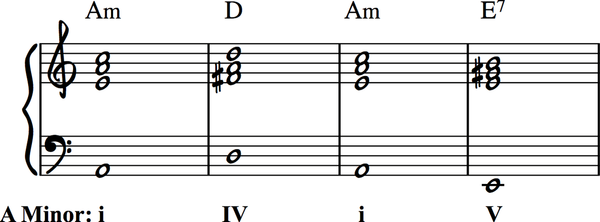- How much relief should an acoustic guitar neck have?
- How do I know if my acoustic guitar needs a neck reset?
- How do I know if my guitar neck needs relief?
- How much relief should guitar neck have?
How much relief should an acoustic guitar neck have?
On average, acoustic guitars like 8–10 thousandths of an inch of relief, although you may prefer more or less depending on your playing style. For example, if you play hard-strummed chords mostly in the first position, you may find a little extra neck relief keeps unwanted buzz away.
How do I know if my acoustic guitar needs a neck reset?
Place a straight edge from the fretboard to the bridge -- if it falls below the top of the bridge, you may need a neck reset. Also, measure the string height near the bridge. If it's below 1/2", you may need a neck reset. But ultimately, it's a function of your preferred action and tone.
How do I know if my guitar neck needs relief?
The Tap Test is an easy way to “feel” the amount of neck relief by using the string as a straight edge. The space between the string and frets will reflect the bow of the neck. If there is too little space, it is likely the neck suffers from back bow. If there is too much space, the neck has upbow, or too much relief.
How much relief should guitar neck have?
Most techniques recommend an average gap of around 0.010 inch, although some playing styles might like a little less, some just a little more. The appropriate gauge should slide in easily between string and fret but without any further gap between them.
 Topmusicanswers
Topmusicanswers



